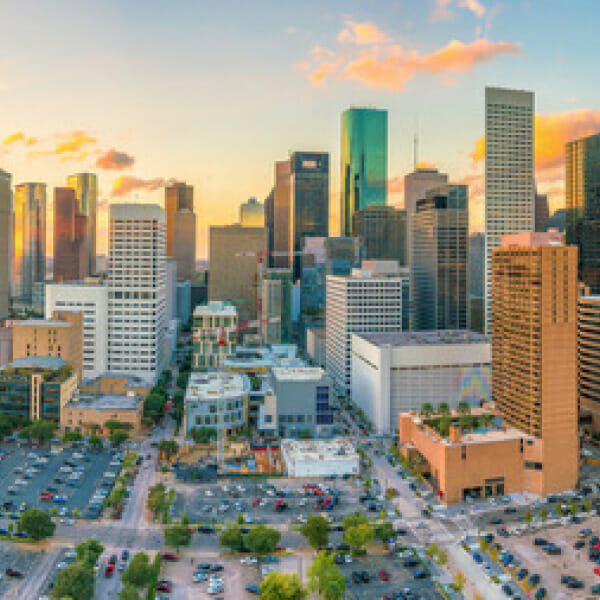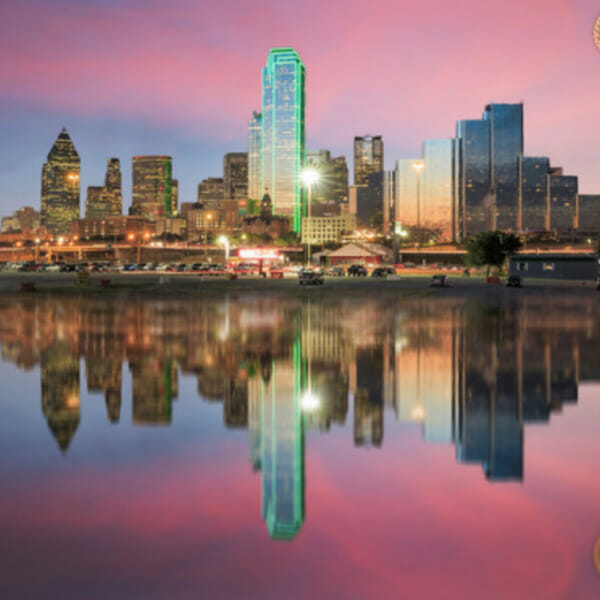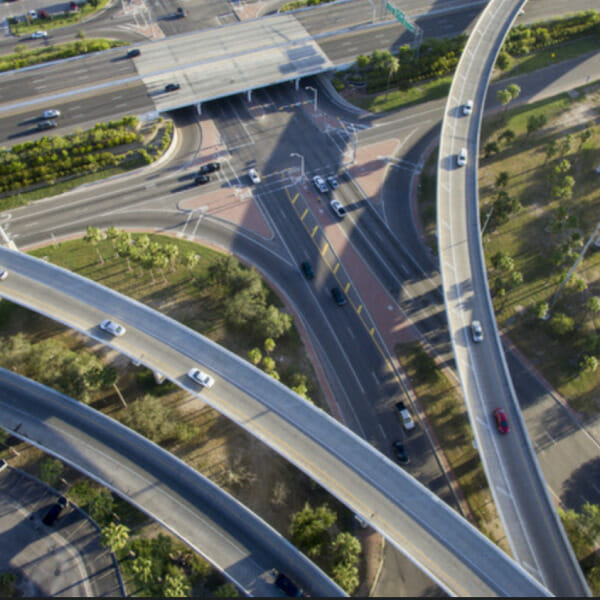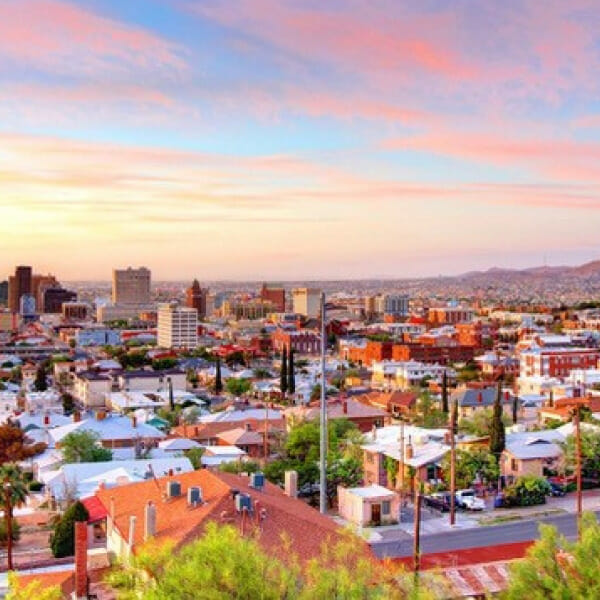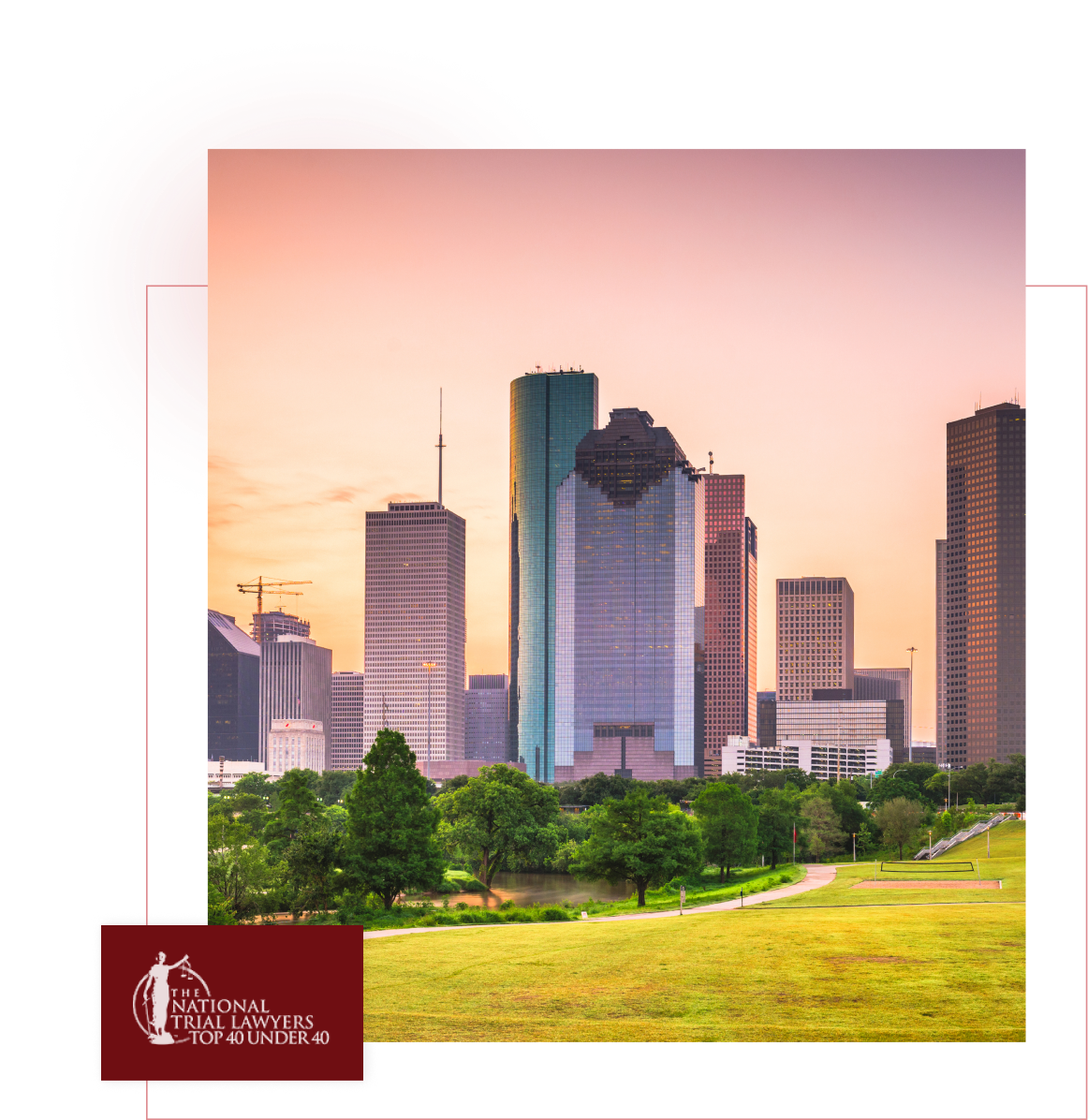Traffic accidents occur when two or more vehicles collide with one another, often causing serious injury to people involved in the collision. The National Highway Traffic Safety Administration (NHTSA) defines an “accident” as any occurrence resulting from negligence that causes physical damage to a vehicle or property and involves at least one person who sustains bodily harm.
NHTSA further states that an accident can be either single-vehicle or multi-vehicle; however, most of those involving multiple collisions are considered multivehicle accidents because they involve numerous moving objects. In addition to injuring other drivers, pedestrians, passengers, and even bystanders, car crashes also cause extensive damage to vehicles themselves.
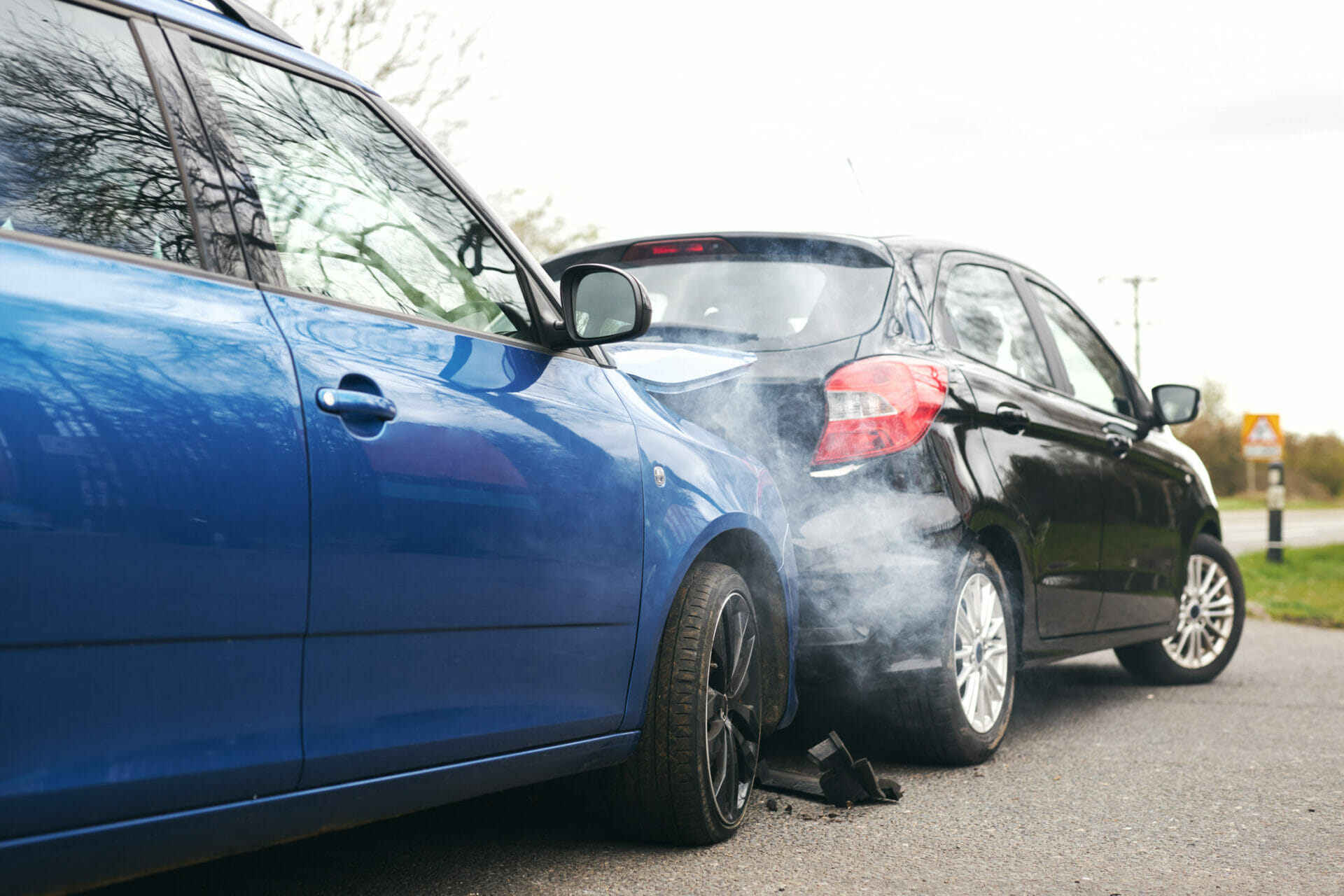
A person has been injured in an auto or motorcycle crash if he/she was involved at some stage of the actual occurrence which resulted in injury. The person can be the driver (or passenger), vehicle owner, operator of another vehicle, pedestrian, etc. It could also happen when someone's property is damaged by a collision with another vehicle. Injuries include physical bodily damage to the victim like broken bones, sprains, cuts, bruises, bumps, etc.
The term 'traffic accidents' is commonly used for collisions between vehicles whether they are motorized or not. Sometimes this may be colloquially known as car crashes, automobile crashes, roadway collisions, vehicular collisions, vehicle-vehicle collisions, etc. Collisions can occur anywhere - on highways with other vehicle traffic, sidewalks, streets, parking lots, crosswalks, intersections, ramps, buildings, private properties, public parks, playgrounds, etc. There are many types of collisions including rear-end collisions, sideswipes, head-on, low-speed, t-bone, and single-vehicle.
Traffic accidents are defined by the United States Department of Transportation (USDOT) as any occurrence that causes injury or property damage to someone else, including crashes involving pedestrians, bicyclists, motorists, or passengers in vehicles; collisions between motorized vehicles such as automobiles, trucks, buses or motorcycles; rollovers of large objects like tractor-trailers; fires caused by fuel tanks rupturing or other explosions; or derailments. Other types include those where drivers fall asleep at the wheel due to exhaustion; when drivers fail to yield right of way; when drivers drive while intoxicated causing them to crash into another vehicle or pedestrian.
A traffic fatality is defined as death resulting from injuries sustained in a traffic accident.
If a person dies because of injuries sustained from such a chase, it can be considered accidental homicide; however, this determination will depend upon whether the death was caused by being hit by one of the cars involved in the incident or by falling while running away due to injury received during the chase.
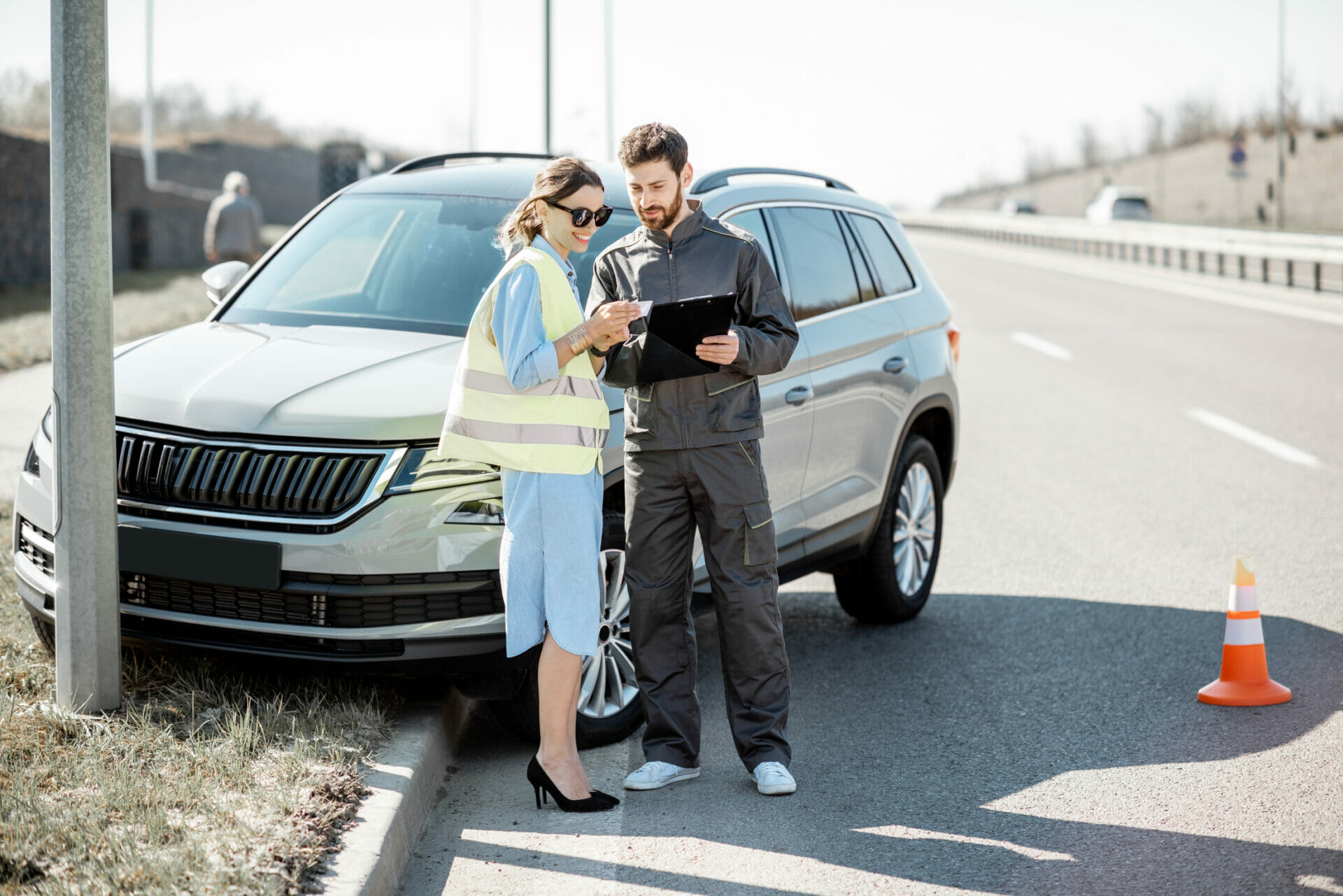
Traffic accidents are defined as "any incident involving injury or damage to property caused by motor vehicle operators, passengers, pedestrians, animals, objects, etc." This definition is quite broad; it includes almost any situation in which an object causes harm to another person or thing. The problem with this broad definition of accident, however, is that all sorts of events could be classified as accidents if they were not intentional, even though most people would consider them no more than unfortunate coincidences. For example, when you fall off your bike while riding home from work at night, you might get hurt (and possibly break something), but you did nothing wrong intentionally; therefore, many people would classify such injuries as accidental rather than criminal.
Traffic accidents can be defined in many ways, depending on what you are measuring. A person may consider a car accident to have occurred when there is an impact between two (or more) vehicles; this definition of "accident" would include all types of impacts from collisions involving other objects or animals to fender benders where no one was injured. Other drivers may only count crashes that involve injuries or fatalities as incidents worthy of being reported by police, insurance companies, or government officials. Still, others will measure the number of vehicles involved, regardless of how they came together.
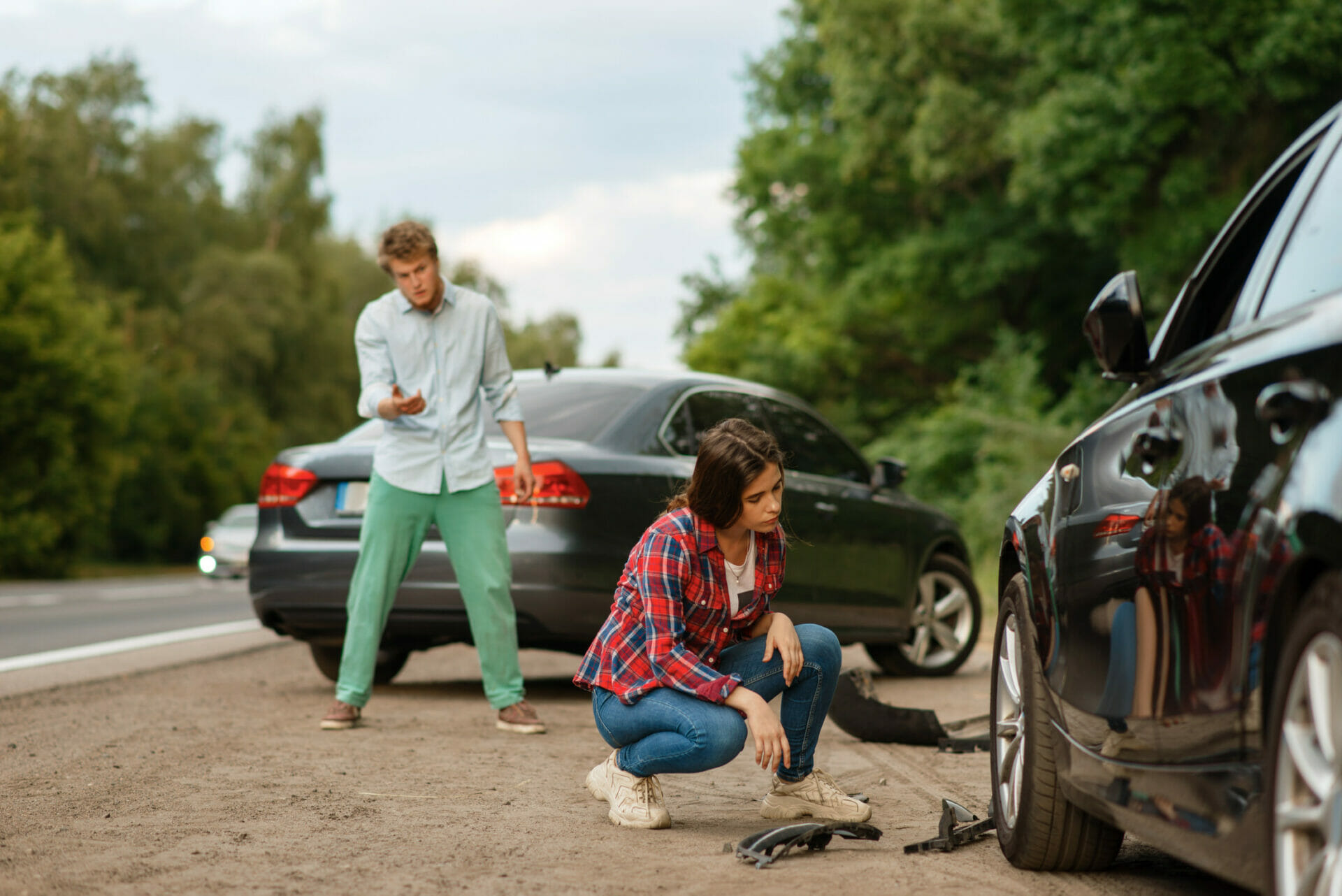
A traffic accident is defined as an event that occurs when two vehicles collide, one vehicle hits another at high speed, or there is any collision between a motorized vehicle with pedestrians or other moving objects (e.g., animals). The causes of most automobile-related crashes are human error, distraction or inattention to driving conditions, and road hazards.
Traffic accidents occur when two or more vehicles crash into one another, causing injuries to drivers, passengers, pedestrians, animals, property, etc. The most common kinds of vehicles involved in traffic crashes include automobiles (cars), trucks, buses, motorcycles, bicycles, trains, airplanes, boats, motorized scooters, street sweepers, construction equipment, other road-going machinery, farm tractors, snowmobiles, all-terrain vehicles, recreational vehicles, golf carts, military vehicles, off-road buggies, unicycles, skateboards, roller skates, wheelchairs, horseback riding rigs, mopeds, small aircraft, large aircraft, helicopters, drones, unmanned aerial systems, balloons, gliders, hot air ballooning, parachutes, hang-gliding, paragliding, parasailing, kitesurfing/kiteboarding, sky diving, ultralight aviation, powered parachute flying, sailplanes, seaplanes, watercraft, submarines, hovercraft. The list is endless.
1 Greenway Plaza, Suite 100
Houston, TX
77046
(713) 538-2723
https://www.rosesanderslaw.com/houston-law-office
Dallas Location
3232 McKinney Avenue
Dallas, TX
75204
(713) 538-2723
https://www.rosesanderslaw.com/dallas-law-office
McAllen/Hidalgo County Location
3232 McKinney Avenue
Dallas, TX
75204
(713) 538-2723
https://www.rosesanderslaw.com/mcallen-law-office

